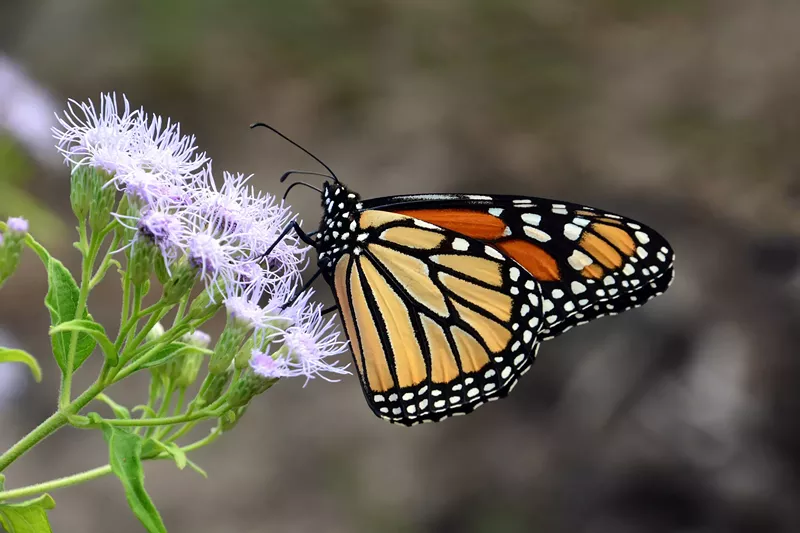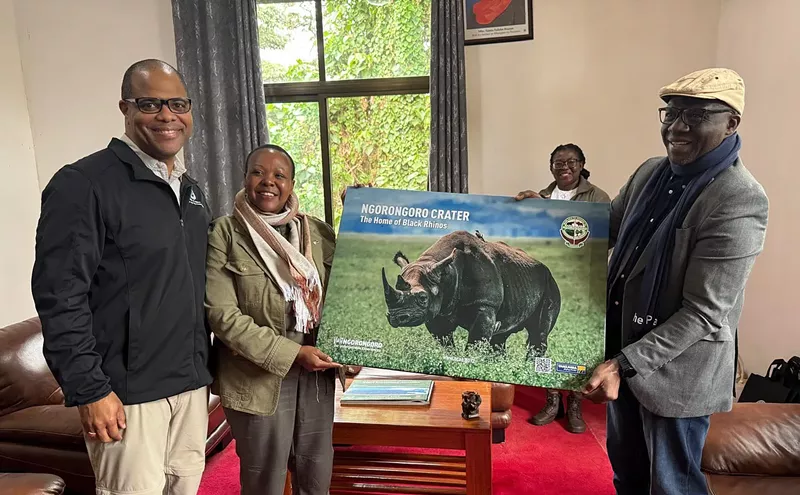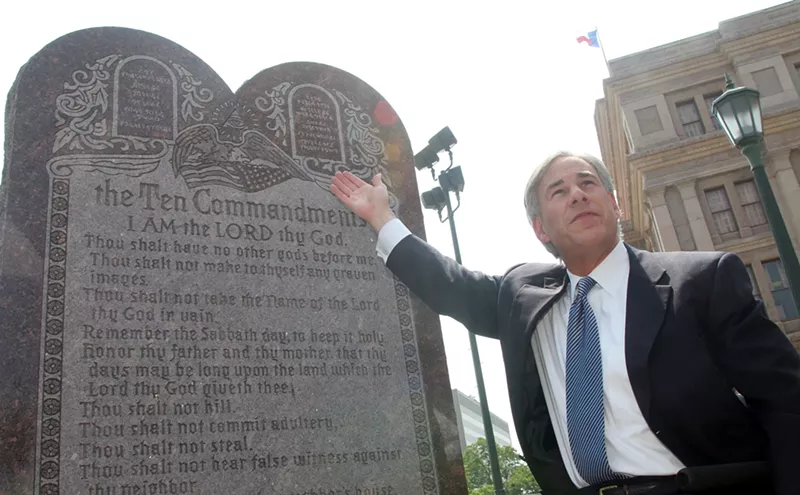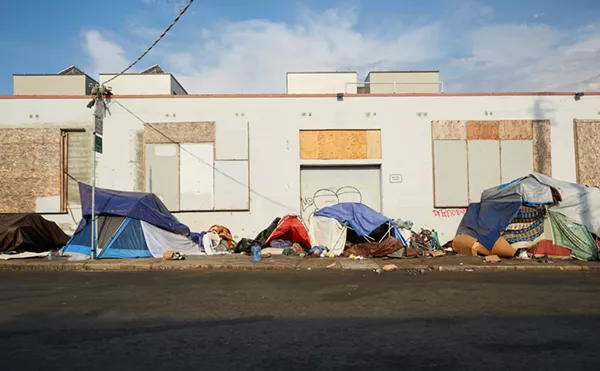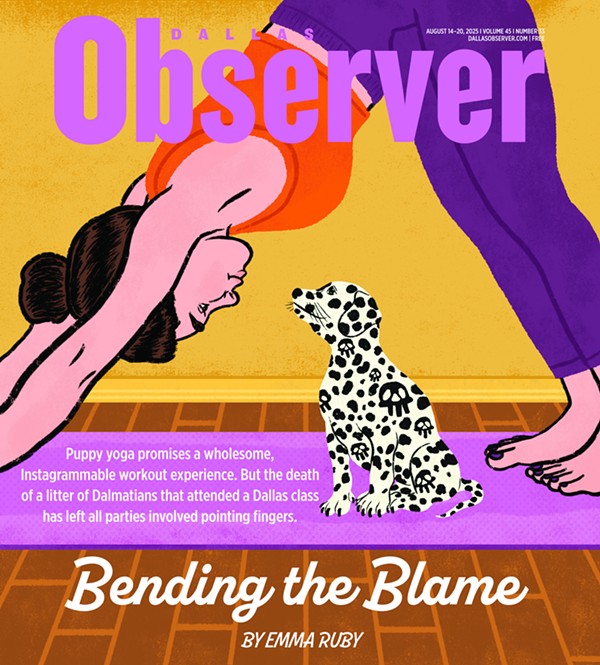U.S. officials moved to protect the monarch butterfly species last week by labeling the iconic orange-and-black insect a “threatened” species, and already one Texas official is making an undue stink over it.
The U.S. Fish and Wildlife Service opened a 90-day public input period during which individuals can weigh in on the proposal, which includes designating 4,395 California acres a critical habitat for monarchs under the Endangered Species Act. In a statement released shortly after the service’s announcement, Sid Miller, the head agriculture official in the Lone Star State, warned that protecting the butterflies is part of the “radical agenda” of “out-of-touch and out-of-control Washington bureaucrats.”
“The Biden Administration’s recent proposal to list the Monarch Butterfly as a threatened species is just the latest example of federal government overreach which cripples agriculture and rural development,” Miller said in a statement. “Don't be misled. This proposal isn’t about protecting butterflies.”
Except that it is.
Scientists are raising the flag on a dangerously declining monarch migratory population. The western and eastern monarch populations have declined 95% and 80%, respectively, since the 1980s, federal scientists say.
Monarchs are known for their flight across North America, but several factors — including climate change, illegal logging in the butterfly’s overwintering habitat in Mexico, insecticides and pesticides used on U.S. crops, and spreading development across U.S. grasslands — have resulted in fewer surviving the journey each year.
Van Johnson, an Oak Cliff resident who has maintained a robust butterfly garden in his backyard for several years, used to record hundreds of butterflies a day passing through during the peak fall migration. He’d noticed the population decreasing in recent years; then, this fall, the butterflies never came.
“I kept waiting and waiting and waiting for them to come, because in previous years there would be early arrivals, and they'd slowly build and then, boom, one day they'd all be there,” Johnson told the Observer. “That didn't happen this year. It was like the early arrivals for a week, and that peak never came through. And [other gardeners] all over Dallas are saying that. They just never arrived this year.”
Johnson worries the monarch migration trickle is the “new normal” for Texas, which acts as a funnel for the insects on their journey from Canada to Mexico and back.
But Miller is concerned that the proposed protections for the butterflies — monarchs, by the way, are the state insect of Texas — would impede the Lone Star State’s economy by slapping “widespread restrictions” on Monarch habitats, impacting “Texas farmers, ranchers, small businesses, and consumers.” The commissioner also warned that the new protections would make it “impossible” to build or develop in rural areas of Texas, taking an axe to our state’s “dairies, wind and solar farms, football stadiums, roads, airports, railways, feedlots, rural hospitals, parking lots, logging, and mining.”
(Officials have stated that the critical habitat — which is proposed to be in California, not Texas — will not impose requirements on state or private land unless the action involves federal funding, permits or approvals.)
In its proposal, the U.S. Fish and Wildlife Service states that public goodwill towards the monarch butterfly could be leveraged into encouraging a grassroots conservation effort.
“Because of the monarch butterfly's general habitat use and wide distribution, all sectors of society, including the general public, have an opportunity to participate in a broad range of conservation efforts throughout the species' range,” the proposal reads.
Encouraging the planting of butterfly-friendly gardens such as Johnson’s is noted in the proposal as a necessary step towards “improving future conditions” for the butterflies. And while Johnson will be submitting a public comment of support for the proposal — officials expect to make a ruling on the monarch’s species status in March — he is also looking to local cemeteries as underutilized green spaces that could be used to increase the number of nectar plants in the Texas funnel.
He is currently planning a butterfly garden for the Western Heights Cemetery in West Dallas, where Clyde Barrow is buried.
“It's one of the great migrations of the world,” Johnson said. “It's one of the miracles of nature, and it would just be a terrible shame if it disappeared for short-sightedness.”

